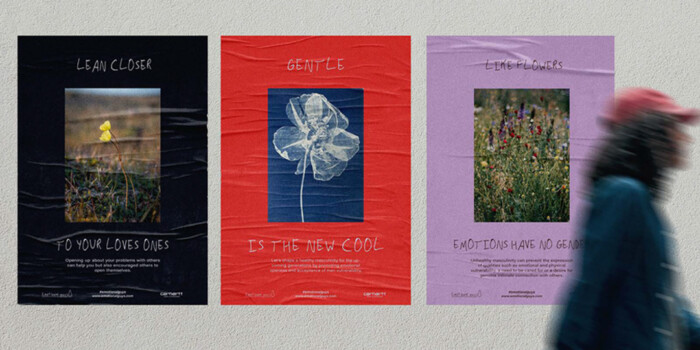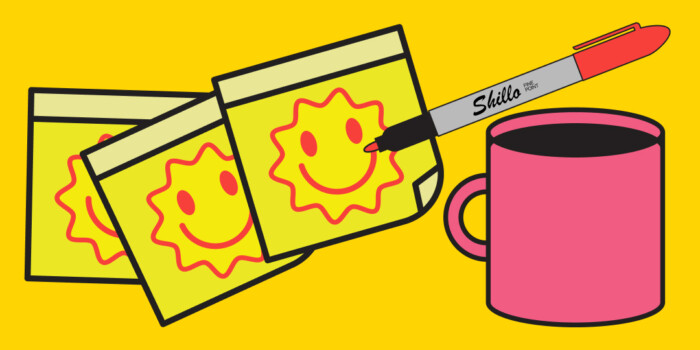Losing Creativity—Where It All Begins
Ask an adult if they are creative and chances are they will tell you, ‘No’. Ask a young child, and they will tell you, emphatically, ‘Yes!’
As children, our creative endeavours are laden with imaginative stories, unashamed embellishment, wild dance moves, bold noises, wonderful contraptions and the best cubby house concepts ever. We attack our projects with enthusiasm and fearless exploration.
Then at some stage we become our harshest critics. That drawing does not look like Suzie after all. We look stupid when we Shake It Off. The sounds we make are a cacophony not a symphony. Our writing is unoriginal, and perhaps even boring.
The unbridled joy of creating disappears, and is replaced by fear and indecision.
Just like that, being creative becomes an occupation for the artsy fartsys instead of something all of us can do.
In the documentary Life at 9 (Heiress Films, 2014) the producers used the infamous ‘marshmallow challenge’ to test the creative thinking of two groups. The first group were 9 year old kids; the second, their parents. The groups competed, using limited supplies, to create the tallest structure with a marshmallow balanced on top.
The kids experimented, prototyped, tested, played… and blitzed the challenge. Without fear of failure, they got right to it and played with the resources until they succeeded.
The parents used their time largely for discussion and planning, politely considering one and others ideas. Essentially, they had a meeting. They failed miserably.
This stark, yet amusing test, shows just how much our creative confidence changes the further we move from childhood.
In the age of digital disruption all kinds of white collar jobs are rapidly being automated or sent off shore. As a consequence, creative ability is more valuable in the workplace than ever.
An IBM study in 2010 of 1,500 CEOs from varying industries around the world, discovered creativity was considered the most necessary skill to navigate an increasingly complex world.
However, alarm bells are ringing. Since the early 1960s, many children in the US have been tested for creativity (Torrence tests of Creative Ability) alongside intelligence (IQ tests). Over the decades, both IQ and creativity were seen to be steadily increasing. However in the 1990s creativity topped out, and startlingly, began to decline.
Some blame this on the use of rote learning, saying it neglects creative thinking and problem solving. Others believe the hyper-scheduled lives young children lead has hijacked the time when, in the past, kids would daydream and, motivated by boredom, invent their own fun. Increased screen time on the numerous gadgets kids have at their fingertips also gets a mention.
Whatever the reasons, it seems shocking that right when we need inquiring minds, lateral thinkers and creative fearlessness to drive innovation and lead organisations, our kids seem to be losing this ability.
When we ask ourselves what the required skills of the workforce of the future will be, STEM subjects are the focus of the day. Our kids need to code!
Given the new industries and businesses we have rising to prominence, this makes perfect sense. But as Dr Brandon Gien argued in ‘Ideas Boom: why we need design to drive innovation’, perhaps there needs to be an A added to STEM. A for Arts. STEAM.
Creative thinking is a vital bedmate to code, engineering, research and data capture.
Together, these skills drive success in dynamic new businesses.
Let’s hope this is not forgotten in the discussion surrounding our kids’ futures.
Learning to code will indeed teach kids to problem-solve. Just as painting, crafting, writing and dancing give our kids opportunity to prototype, present, collaborate, experiment, fail and express.
Most importantly, those pastimes ignite and exercise imagination. And what brilliant idea didn’t begin without a wild imagination?
Losing Creativity, Part 1—Where It All Begins was originally published on Medium. Stay tuned for Part 2 — Lost then Found.
Want to win some amazing prizes and stay in the loop with all things Shillington? Sign up to our newsletter to automatically go in the draw.








